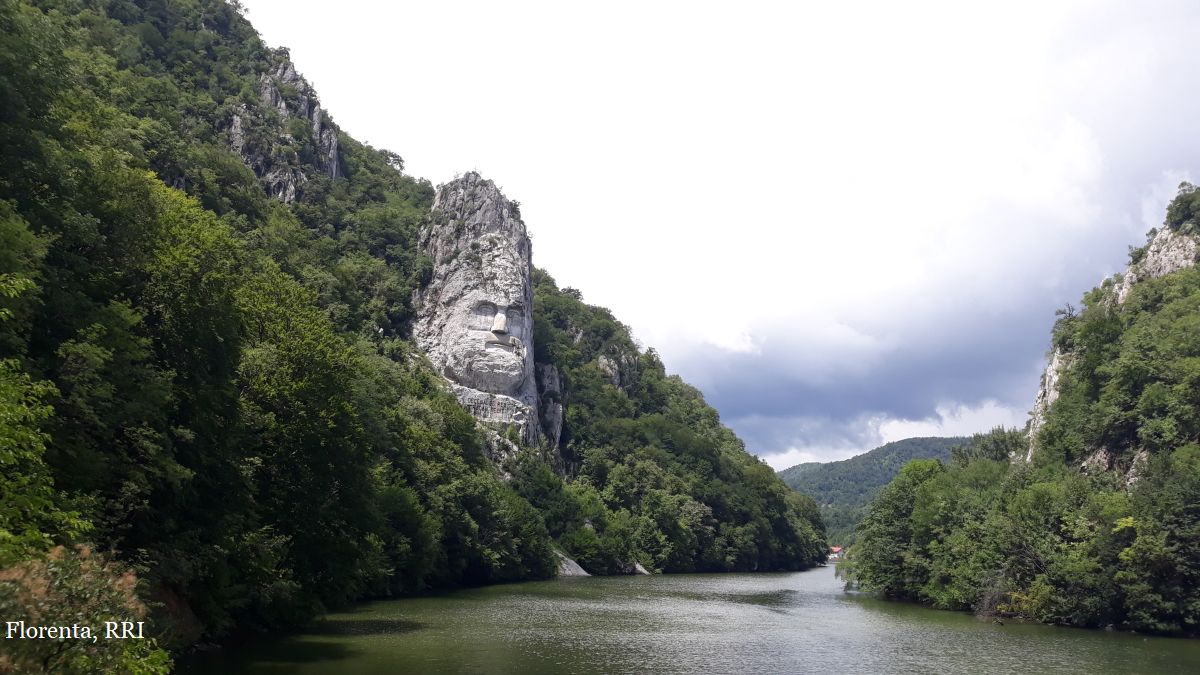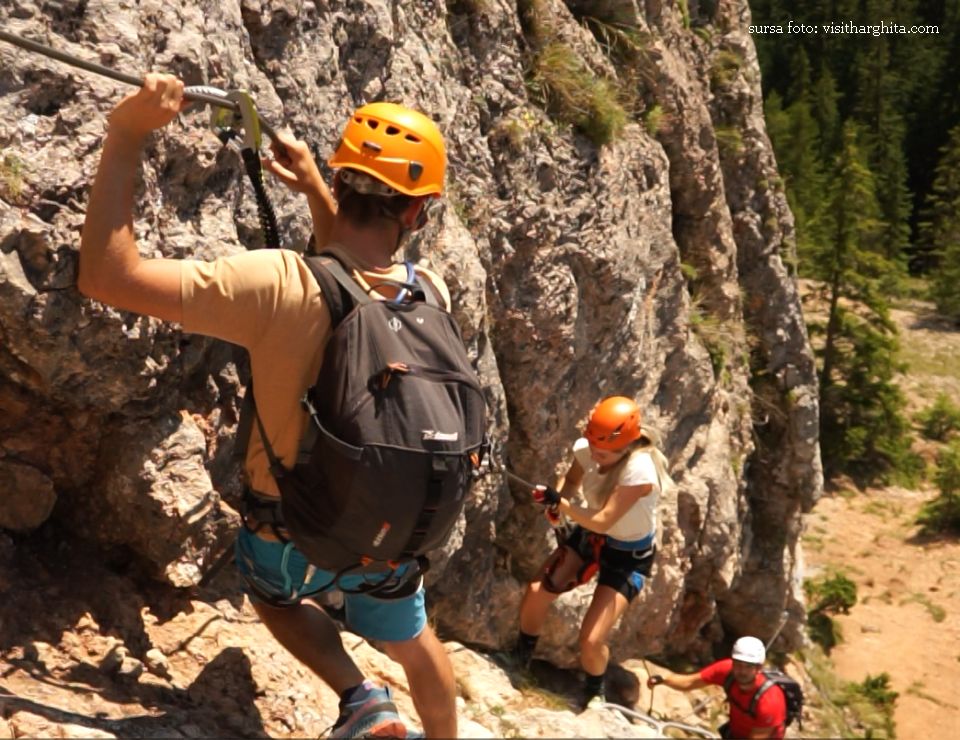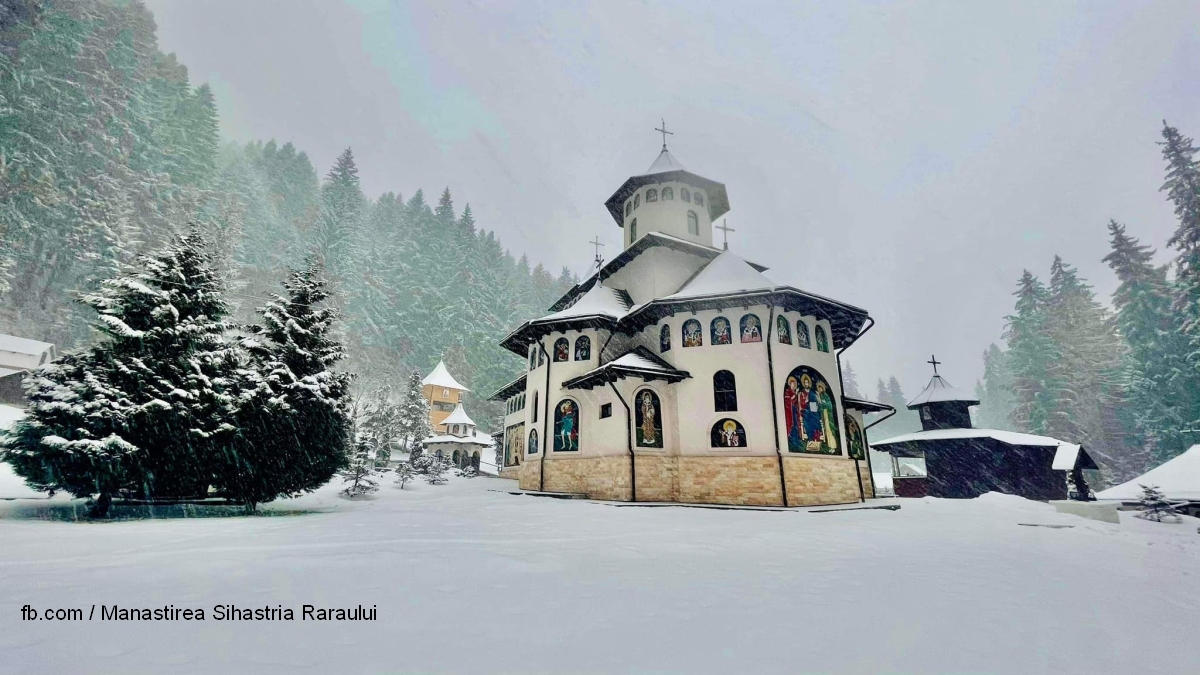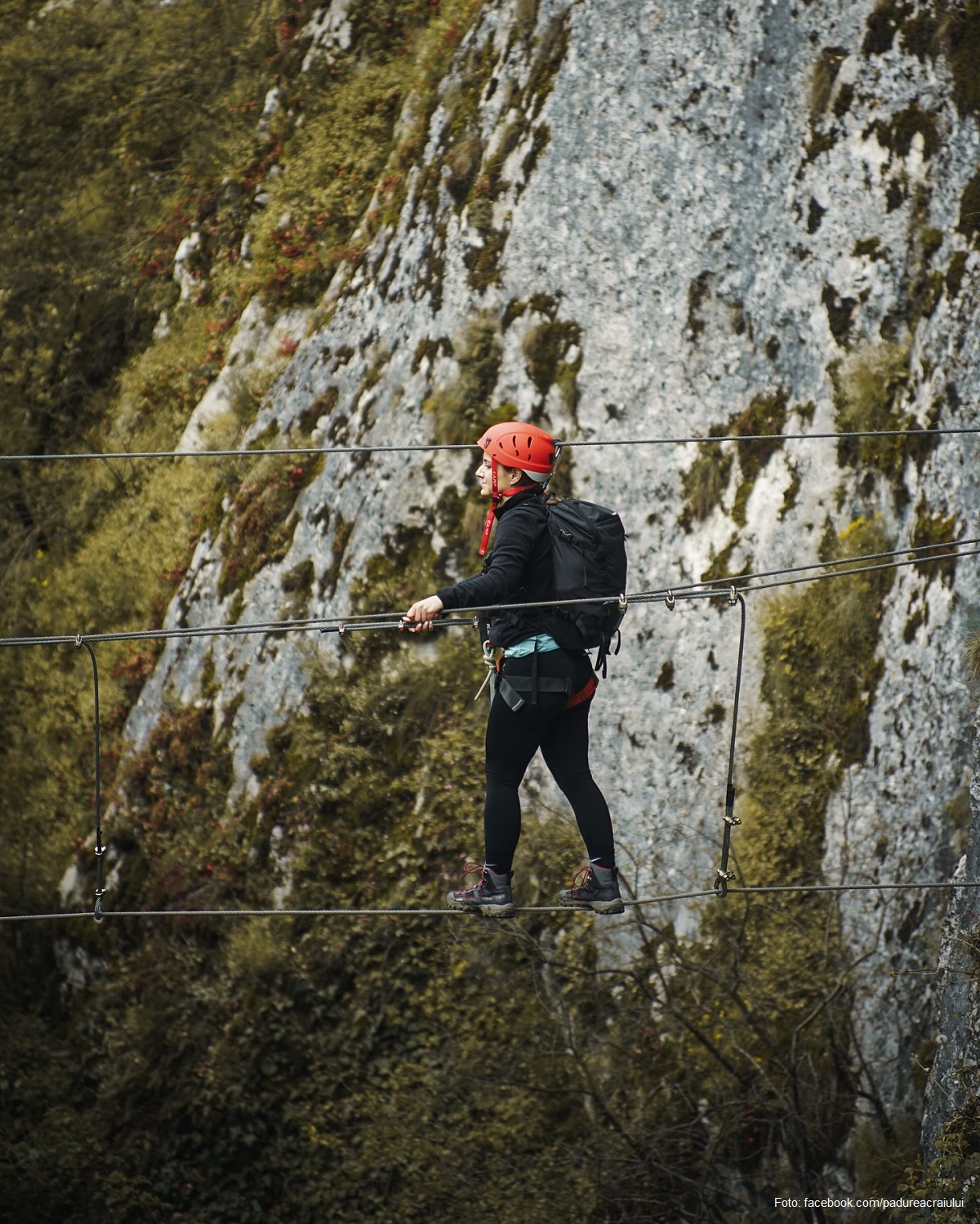The Corvin Castle, a living legend of Transylvania
The Corvin Castle or the Hunyadi Castle is a gothic architecture monument, and one of the best preserved in south-eastern Europe. Located in Western Romania, this massive building is one of the region’s main tourist attractions
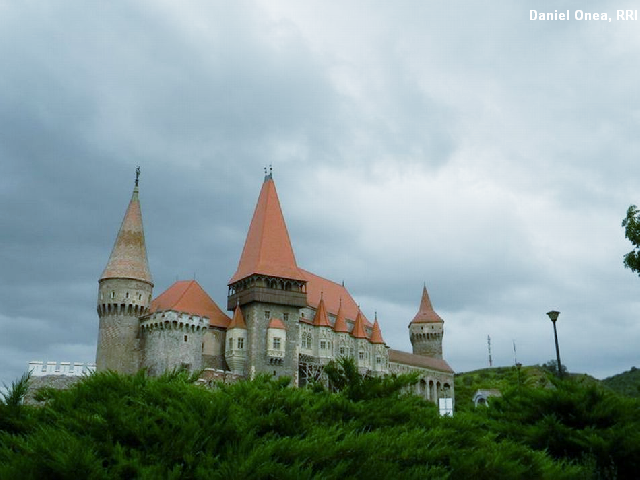
Daniel Bilț, 09.05.2024, 14:00
Along the years this construction has become part of various rankings, being declared one of the most beautiful castles in the world but also one of the most frightening. According to Sorin Tincu, director of the Corvin Castle Museum, the monument in Hunedoara, has various facets to be discovered by the visitors.
Sorin Tincu: ”The Castle’s history starts in the 14th century being in tight connection with iron metallurgy and manufacture, which defined the existence of this region throughout its history. In fact, Hunedoara’s German name is Eisenmarkt or the Iron Fair. A small triangle-shaped fortified building with only one defence tower was first built on its premises. The building was in strong connection with the iron ore exploitation in the area and also with a nobleman who owned an estate here. This fortified building was presented around 1409 by King Sigismund of Luxembourg to a Romanian nobleman named Voicu as a token of appreciation for his services to the royal crown.”
There is no information on the construction stages of what we call today the Corvin Castle, which we can attribute to Voicu, but what we know for certain is that it was his son, Ioan of Hunedoara who kicked off its building works. Here is Sorin Tincu again.
Sorin Tincu: “The construction of this marvelous castle knows two stages. In the first stage, Ioan of Hunedoara enlarged the fortification by adding seven new defence towers. A new thing in the Transylvanian architecture of that time was the round defence towers. This type of towers, which were present everywhere in the 15th century Europe, was first built in Transylvania by Ioan of Hunedoara at this castle. After his death, the construction was being carried on by his youngest son, Mathias Corvin, who added one of the first Renaissance structures in Transylvania, a section known as Logia Mattia. The castle’s third and last major contributor was the Transylvanian prince, Gabriel Bethlen, who also added a series of civilian and military constructions.”
According to museum director Sorin Tincu, visitors are first invited to the Hussars’ Court. But in order to get there, we must cross the Zlaști rivulet.
Sorin Tincu: “In order to cross this water, we must use a bridge, which in the past used to have a mobile segment. In case of an attack, the bridge was lifted. The trip takes the visitors towards the gate tower where we have the dark side of the castle so to say, as it has on its either side, the prison and the torture chamber. From here the visitor is led to the ground floor of Logia Mattia, where they are given a general presentation of the castle. The tour continues with the kitchen of the military guards and then to a terrace overlooking the Hussars’ Court and the surroundings.”
Then the visitor goes to the castle’s interior yard, which next takes him to the recently-refurbished Knights Hall, maybe one of the most representative rooms of the castle. There they can learn one of the castle’s legends.
Sorin Tincu: ”After the Knights Hall, visitors go to the monument’s well. Legend has it that three Turkish prisoners worked here for 15 years to carve it in stone being promised freedom in exchange. However, after having completed the work instead of being freed, they were executed. Legend also says that one of them apparently wrote on the wall, ’water you have, heart you don’t’. Then the visitors are invited to the gothic lapidarium, which has on view a series of gothic components removed during the restoration works of the 19th and 20th centuries. Next comes the so-called Artillery Terrace or the Ammunition bastion another construction added in the 17th century. Then visitors can go to a place known as the Bears Cave where another legend has it that prisoners used to be thrown to the captive bears.”
During the summer season, the castle hosts a series of events of sound and colour. The event schedule is a rich one as director Sorin Tincu says.
Sorin Tincu: ”I am going not to mention the less important events, such as monthly arts events or roving exhibitions, which are so many especially in the months of May, June and August. I’d like to mention the European Castles Fair, a major event we are already preparing for. It’s also the Museums Nights to take place on May 18 and which also brings 15 thousand, even 20 thousand visitors to the Hussars’ Court. Another major event is the Medieval Festival to take place in late August, where we are recollecting the personality of Ioan of Hunedoara. We also have a series of smaller events, such as the Medieval Robotics Day, in which students who are robotics enthusiasts are meeting here in a genuine medieval-modern competition. We are welcoming the end of the year with a concert of carols staged at the castle’s chapel.”
Over 20 areas in the Corvin Castle have been refurbished through a European project of five million Euros. Last year the monument was visited by roughly 400 thousand people.
(bill)

